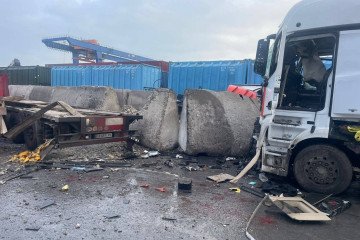Ukraine’s multi-layered air defense system features a mix of Soviet-era and Western-provided systems—but many of them rely heavily on missiles supplied by the United States.
In light of Washington’s recent suspension of ammunition and missile deliveries, understanding which systems remain operational without US support is increasingly critical.
According to Defense Express on July 2, any air defense system—whether it be the Patriot or the Stinger—is ineffective without missiles.
This vulnerability has already driven Ukraine to modernize certain Soviet systems due to a shortage of compatible missiles, leading to the development of so-called “Franken-Buks”—Buk-M1 launchers retrofitted to fire US-made AIM-7 missiles.
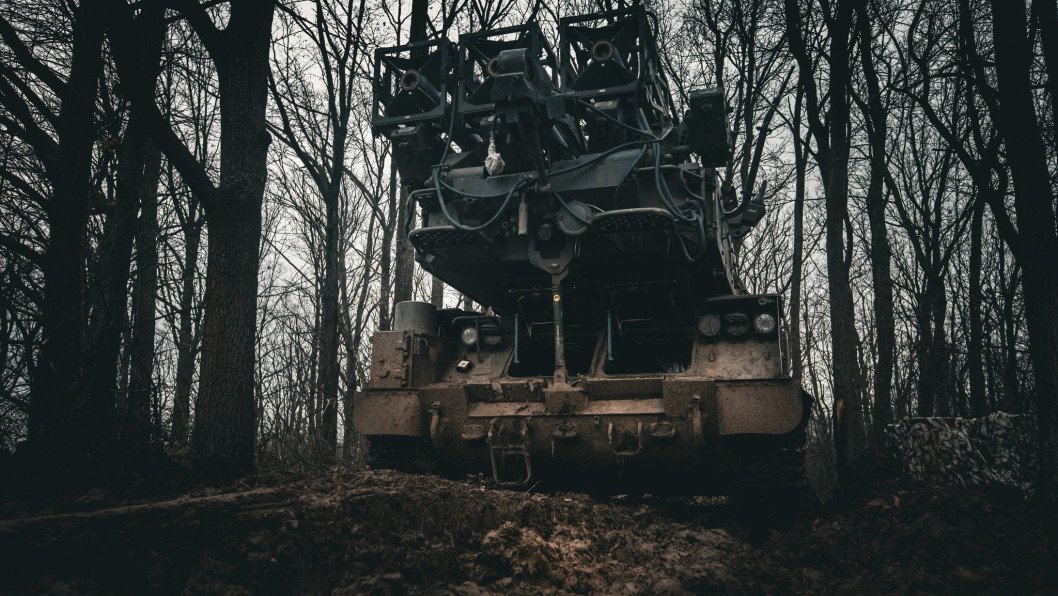
Several air defense systems in Ukraine’s inventory do not rely on US-origin munitions. At the short-range level, man-portable air-defense systems (MANPADS) such as Poland’s Piorun, France’s Mistral, Sweden’s RBS-70, and the UK’s Martlet (LLM) operate independently from American missile stocks.
The only US-made MANPADS in service is the Stinger. There are also likely residual stockpiles of Soviet-era Igla and Strela missiles.
In the short-range category (up to 10 km), Ukraine uses UK-supplied Stormer vehicles armed with Martlet or Starstreak missiles, and German mobile platforms equipped with FZ275 LGR rockets.
These systems contrast with American platforms like the Avenger (Stinger) and Vampire (APKWS). On the domestic front, Ukraine continues to operate modified Soviet systems such as the Strela-10 and Osa, some of which have been adapted to use R-73 air-to-air missiles. The UK-developed Gravehawk system also uses R-73s in a containerized format.
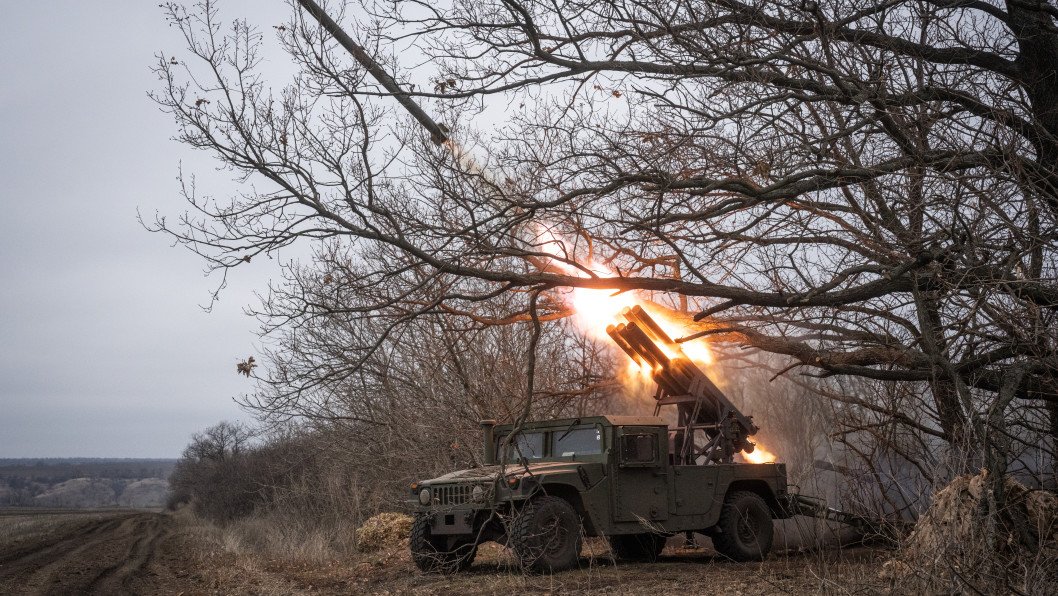
For low-altitude targets at up to 20 km, Ukraine fields the German IRIS-T SLS, the British Raven with ASRAAM missiles, and reportedly, Spanish Spada systems—though their use has not been publicly confirmed. Ukraine may also maintain limited numbers of S-125 and Tor systems, provided missile stockpiles remain.
However, medium-range systems present a more concerning picture. Germany’s IRIS-T SLM remains the only foreign system in this class that operates without US-made munitions.
By contrast, the widely used Norwegian NASAMS depends on US-produced AIM-9 and AIM-120 missiles, while the HAWK system also requires American-made MIM-23 interceptors. Meanwhile, legacy Soviet Buk and S-300P systems require missiles that are now in short supply.
-9c80cfb83c6d14d02f121949afcf630d.png)
As highlighted by Defense Express, this makes Ukraine’s medium- and long-range air defense segments especially vulnerable in the event of prolonged delays or reductions in US missile deliveries.
For long-range and missile-defense capabilities, Ukraine fields a limited number of French-Italian SAMP/T systems—only two batteries have been delivered—and approximately ten Patriot systems.
However, both also face supply constraints. SAMP/T missile stocks are limited, and Patriots rely on American-supplied GEM-T and PAC-3 MSE interceptors.
Overall, Ukraine’s air defense architecture remains heavily reliant on a range of American-supplied missiles, including the Stinger, APKWS, AIM-7, HAWK, GEM-T, MSE, AIM-9, and AIM-120. As previously reported by Defense Express, some of these missile types are also used by Ukraine’s F-16 fighters, further tying the country’s aerial and missile defense capabilities to sustained US support.
Earlier, Ukroboronprom announced a partnership with Norway’s Kongsberg Defense & Aerospace to integrate Ukrainian air defense systems into the NASAMS architecture, aiming to enhance coordination and strengthen protection of critical infrastructure.
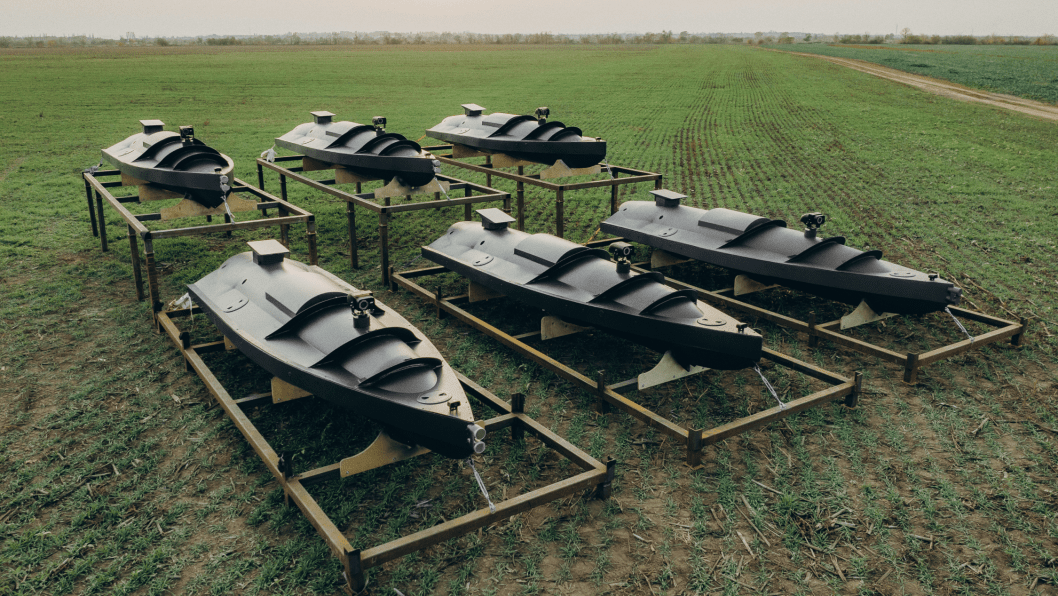

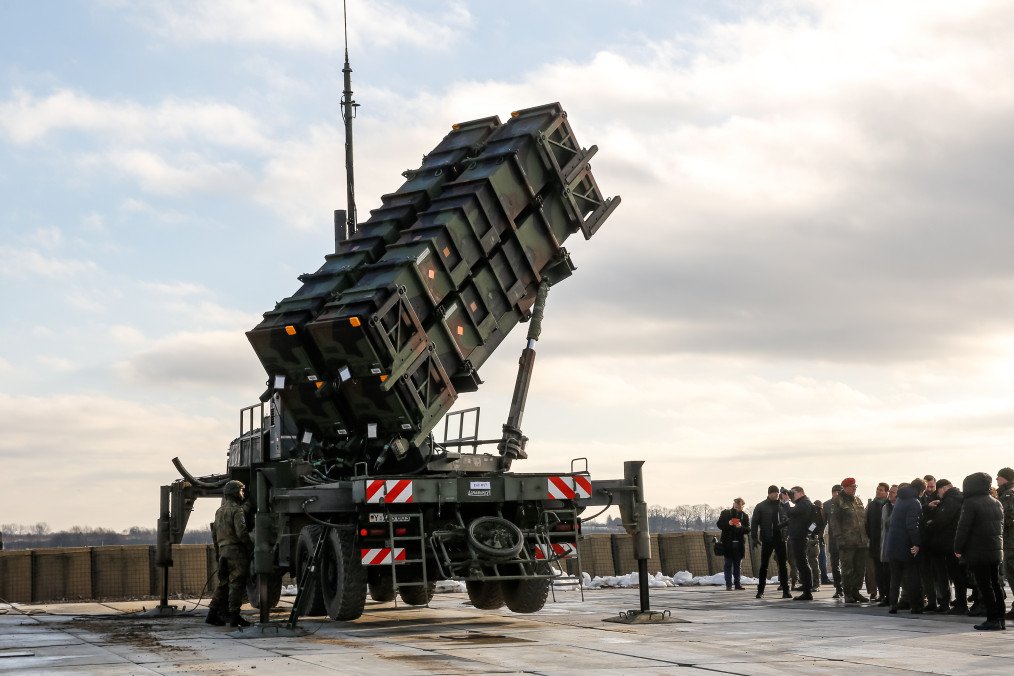

-72b63a4e0c8c475ad81fe3eed3f63729.jpeg)
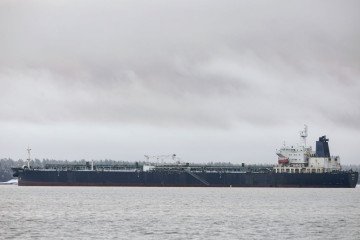
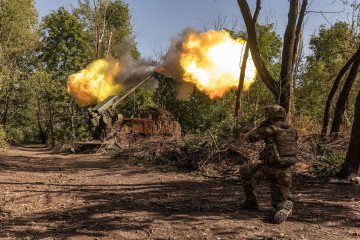
-111f0e5095e02c02446ffed57bfb0ab1.jpeg)
